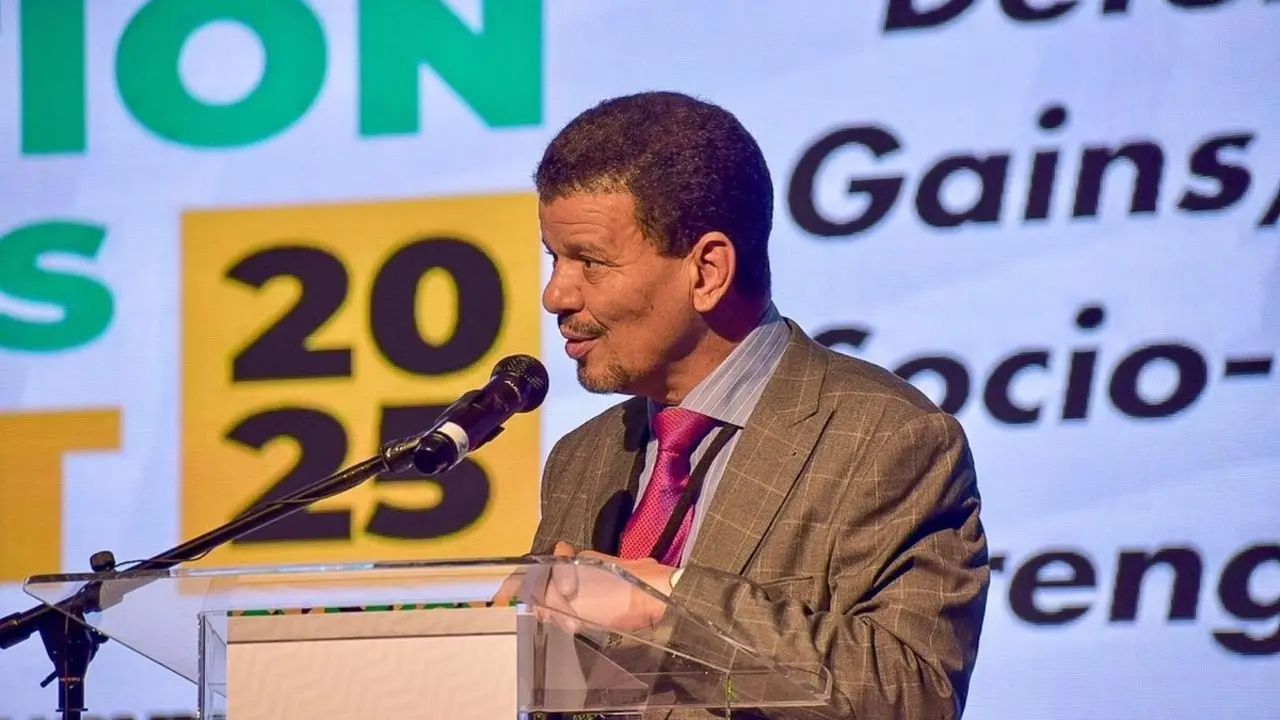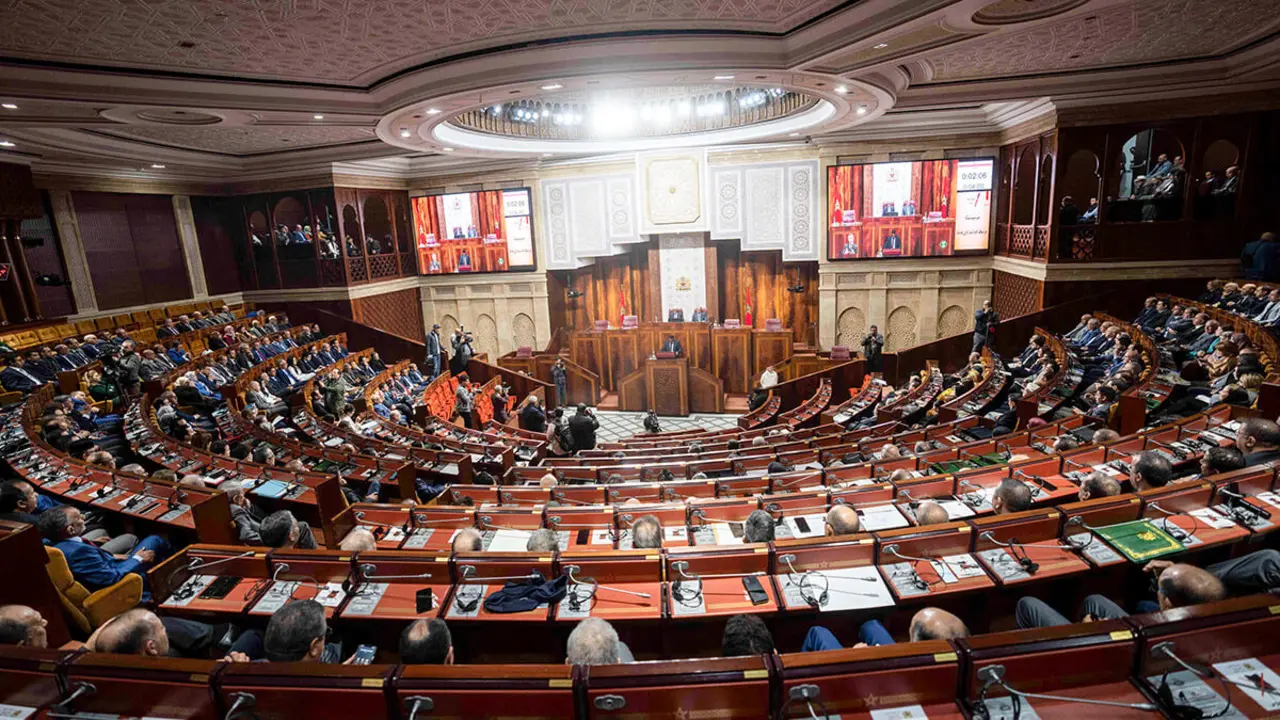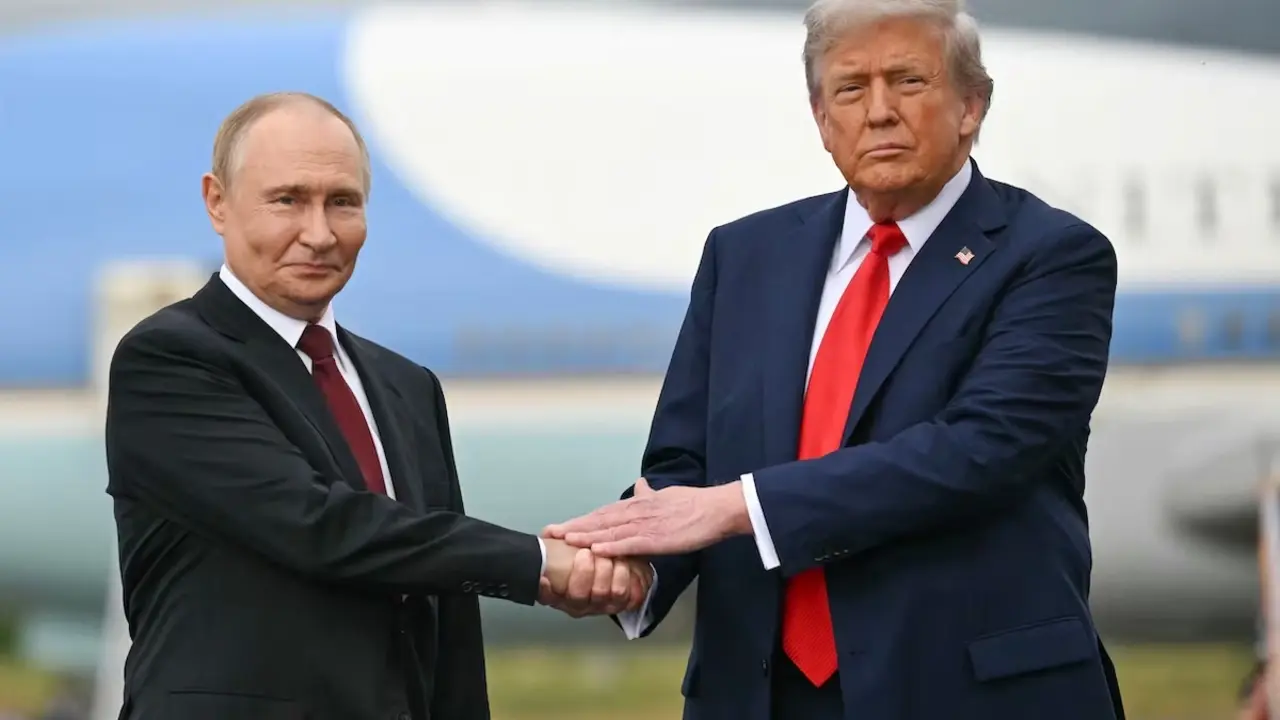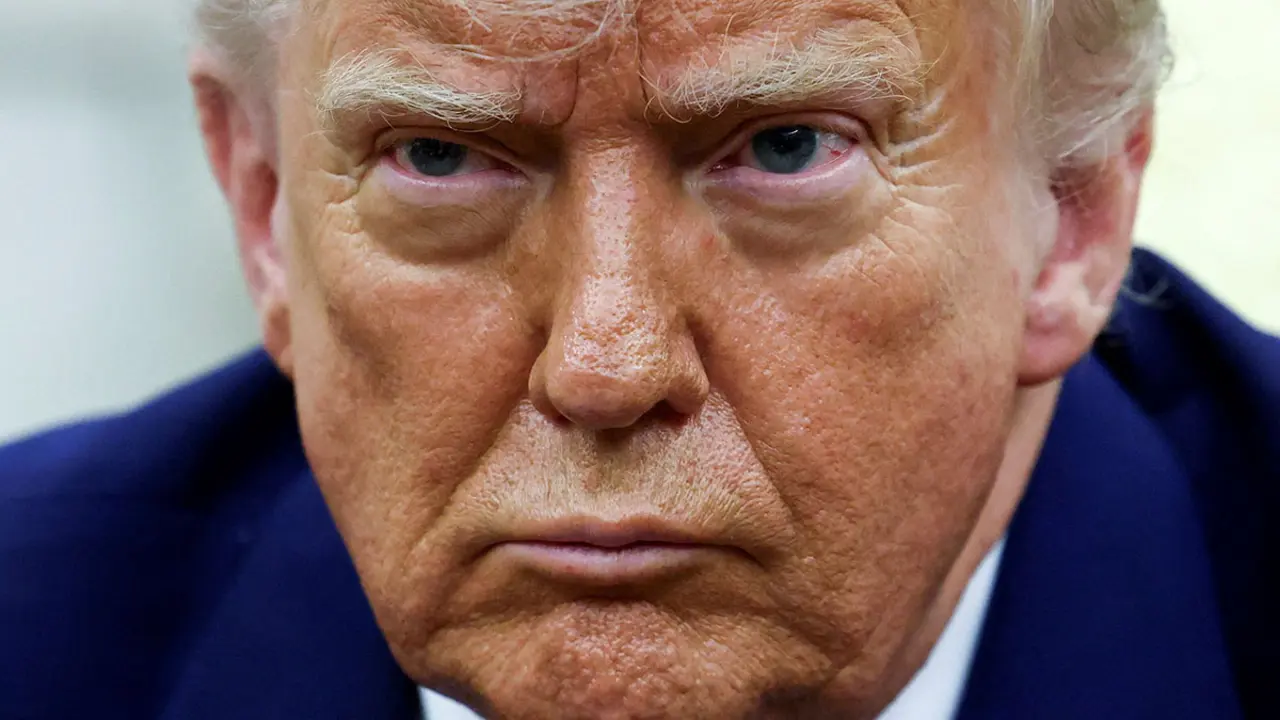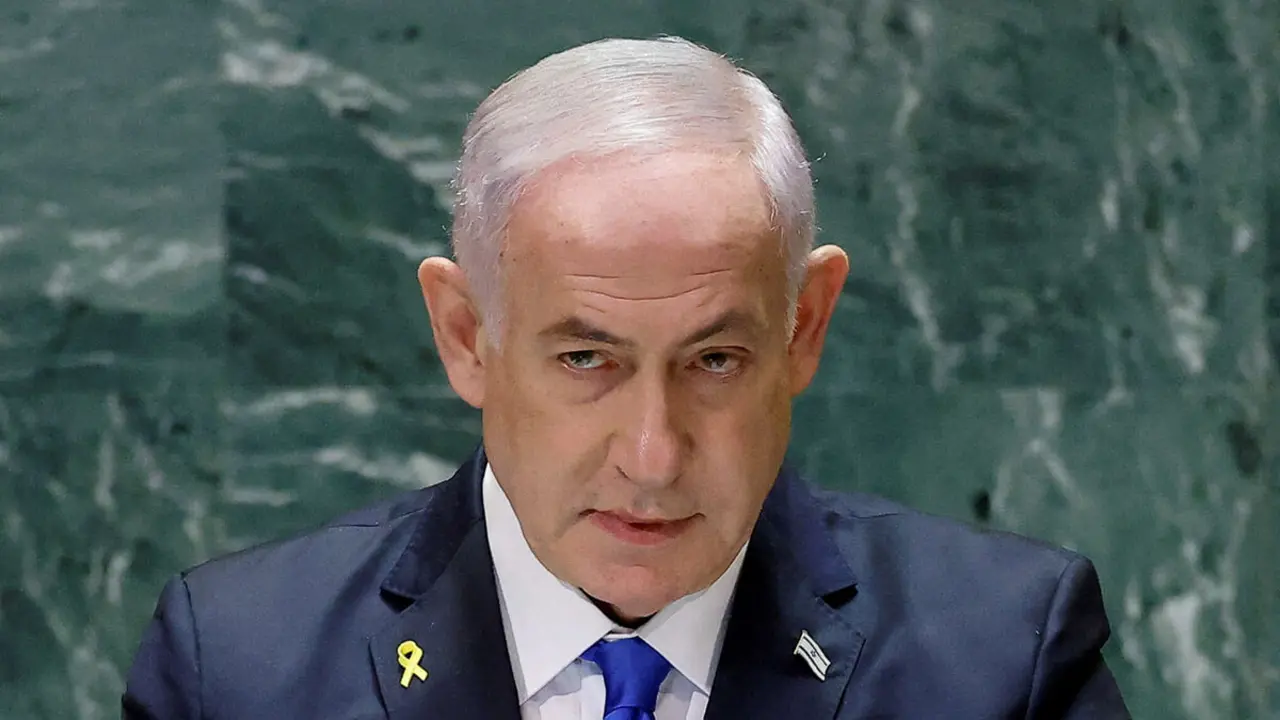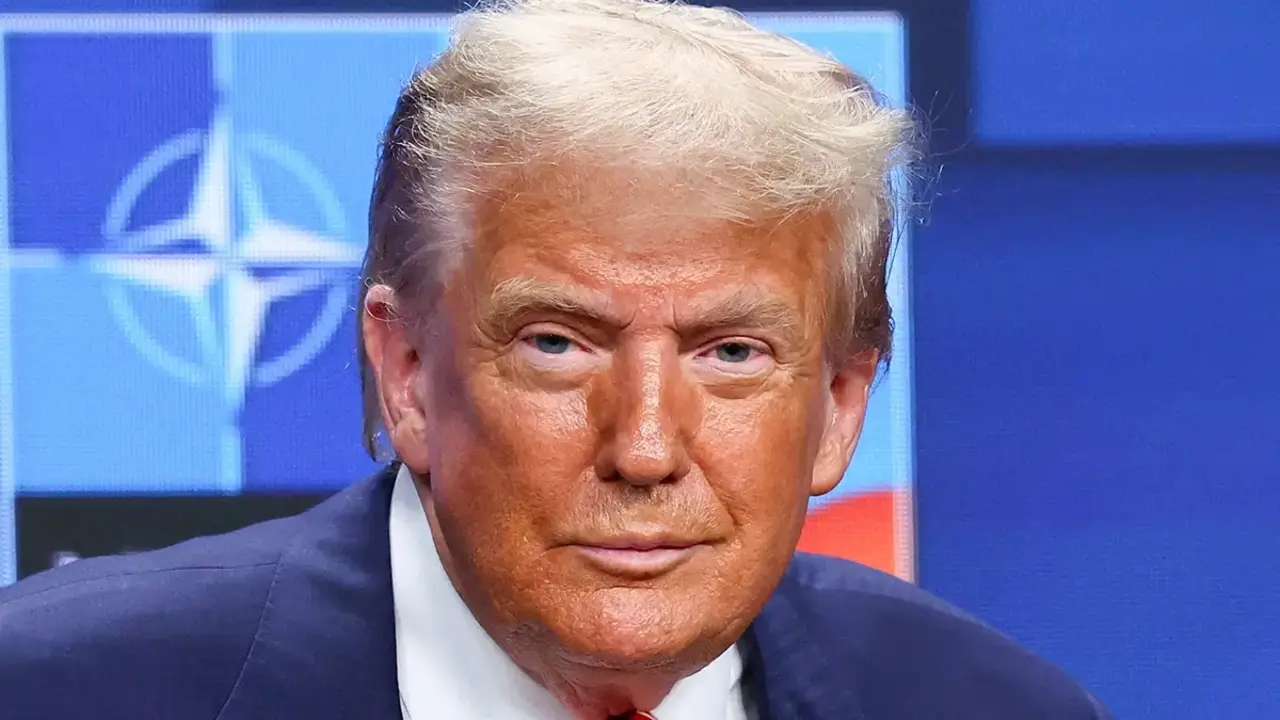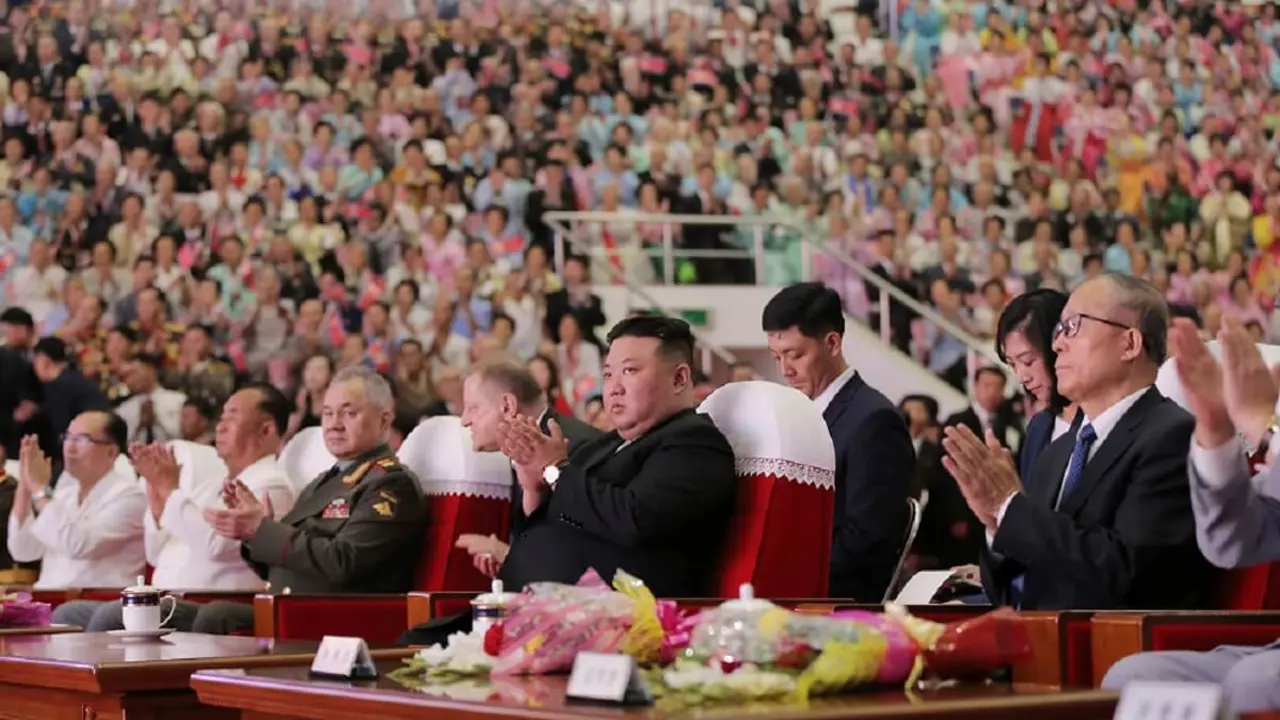The internal struggles in the Kremlin leadership
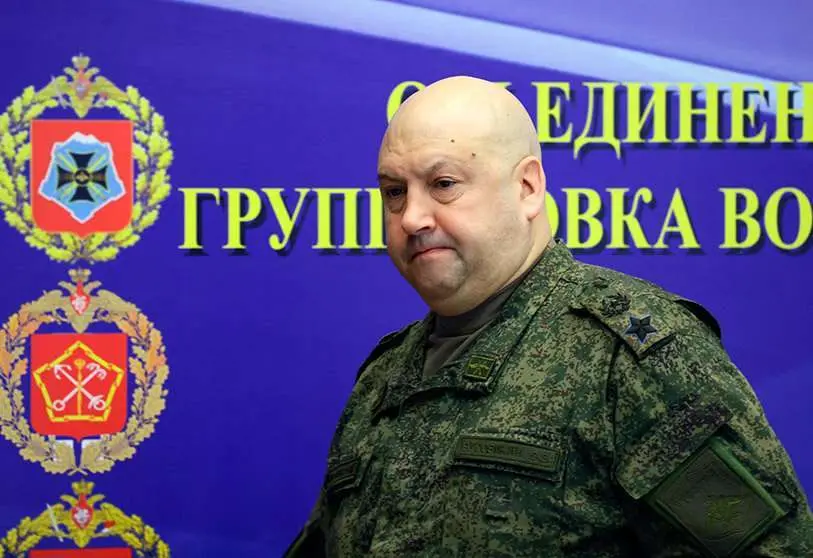
In the latest edition of "De Cara al Mundo" on Onda Madrid, we continue with the analysis of Ukraine by Lucas Martín, expert international analyst and contributor to Atalayar. The power struggle between the Russian military leadership and the importance of Soledar are two of the issues analysed by Lucas Martín.
Is the command of Russian troops in Ukraine a poisoned promotion?
I frame this question within the context of the infighting at the top of the Kremlin. There is a struggle between Prigozhin, the head of the Wagner group, on the one hand, Kadyrov, the head of the Chechen Republic, on the other, and then the commanders of the natural military units. All sides are jockeying for the limelight while Putin is in the middle.
I think all operations have been left to rest for too long, and now this change in command is a way to give a boost and strengthen those who have always been with him and his natural military leadership, who are in turn at odds with Prigozhin and Kadyrov.
Surovíkin was Russia's military chief in Syria, but Russia needs something more in Ukraine.
Motivation is the key issue. Russia right now is mainly using mobilised replacement personnel, and fighting to defend your country, your land and your people is not the same as sending 17-year-olds or 50-year-olds to fight in a country out of obligation and without any motivation. Here the balance is clearly in Ukraine's favour.
Surovíkin, moreover, is accused of being responsible for the withdrawal from Kherson. An accusation that, in my view, is unjust because it was really the only sensible thing to do and the only sensible option. In fact, it took too long to do so. In any case, these accusations are being used by Surovíkin's enemies to blame Surovíkin's military group for the failures in Ukraine.
What is the significance of Soledar?
Soledar can be framed in the context of this struggle I have discussed. Soledar is important because it is easier, as we are seeing, to advance through Soledar than through Bakhmut, which is heavily fortified and where Russian forces have been crashing into Ukrainian defences for months.
If you look at it, it was Wagner who was quick to say that they were already in full control of Soledar. First, because they need that victory to sell to the Russian people, but Wagner was also very careful to say that it was only their forces that occupied Soledar, without the help of Russian Airborne Troops (VDV) or regular forces, thus contradicting what they were saying about regular forces cooperating with Wagner. This shows, once again, that latent military struggle.
After that, the information is very confusing, and since they have already announced that they have occupied the city, they need this to be a reality, but the truth is that there is still fighting in certain areas of the city, as happened in Bakhmut.
I want to make one thing clear: occupying, as the Russians once occupied Bakhmut and now Soledar, is not the same as holding that position and even advancing further. This is where the question lies. I remember that Bakhmut was occupied and two weeks later they were driven out.
What role can Bradley, Marder or even Leopard armour, as well as Patriot anti-missile batteries, play for the Ukrainian army?
They are good vehicles, they are important, but in my view sending 50 vehicles of one type, 20 of another and 30 of another is not something significant in war; it is not what is called in technology a game changer. It's not going to change anything, unless you send, for example, 150 vehicles of one type.
Sending different vehicles complicates the supply of ammunition a lot because each vehicle we are talking about uses a different calibre. In addition, you have to train not only the personnel who are going to operate those vehicles - the driver, the gunner - but you also have to train the units to learn how to fight within a company or within a battalion. These vehicles do not fight alone.
We also forget that Bradley or Marder armoured vehicles are vehicles designed to operate in the company of Abrams tanks or Léopards, in a pairing that they share together in support of each other.
I get the impression that Western countries have a competition to be in the picture, which is not a bad taboo, but only if they agree to send 100 vehicles of a single model together. That would be significant.

